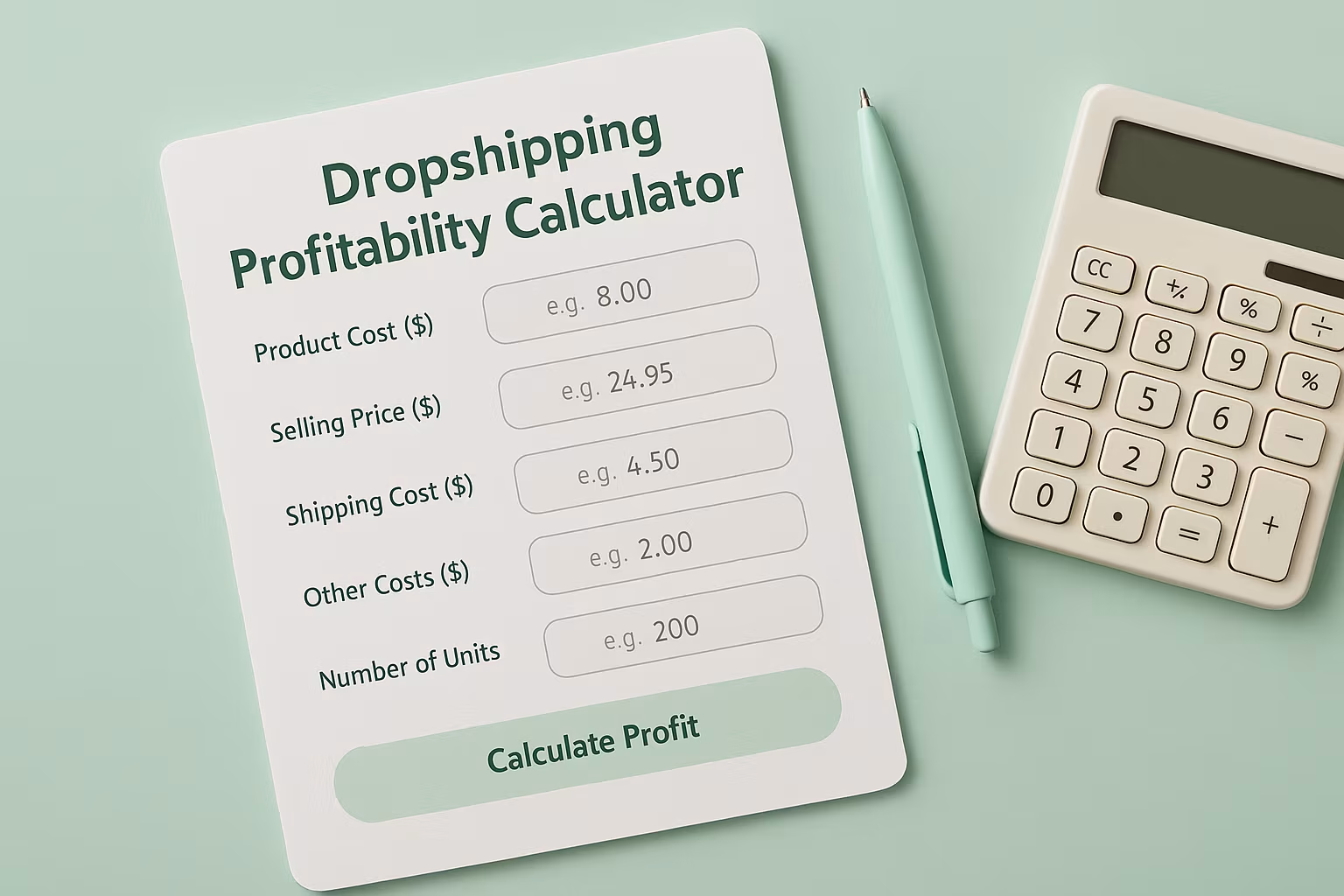How to Price an Order Bump for Your White Label Product? Pricing Strategies

Setting the right price for an order bump can mean the difference between a missed opportunity and a solid boost to your average order value (AOV).
Studies show that well-placed order bumps can increase AOV by 10% to 30%, making them a powerful tool for e-commerce brands selling white label products.
When priced strategically, they can lift revenue without turning off customers or complicating fulfillment. To learn how to price an order bump for your white label product, we’ll share simple strategies to help you find the pricing sweet spot for better conversions and profit.
5 Proven Pricing Strategies for Order Bumps
White label products offer unique flexibility when it comes to order bump pricing since you have greater control over your margins. Here are five strategies that consistently deliver results:
1. The Percentage-Based Approach
This straightforward method prices your order bump at a specific percentage of the main cart value. For white label products, this typically falls between 15% to 40% of the original purchase.
- Example: If your customer is purchasing a $50 white label skincare cream, an order bump of complementary eye serum priced at $12.50 (25%) would feel substantial enough to deliver value without triggering purchase hesitation.
This approach works particularly well for private label skincare products, where customers already understand the relationship between different items in a routine.
2. The Cost-Plus Markup Method
This traditional pricing strategy works well for order bumps when you start with your COGS and add a consistent markup percentage.
For white label products, consider a higher markup on order bumps than your standard products; customers often evaluate these less critically than main purchases.
- Example: If your white label supplement costs you $5 to produce, and your standard markup is 200%, you might price a standard product at $15. For an order bump version, you could apply a 250-300% markup, pricing it at $17.50-$20, while still positioning it as a special offer.
3. Psychological Pricing Thresholds
This approach leverages price points that feel significantly lower to consumers due to psychological thresholds.
The most common thresholds are:
- Below $10 (feels like a small add-on)
- Just under rounded numbers ($19.95 instead of $20)
- Half of a significant threshold ($25 instead of $50)
For white label products, keeping order bumps under these psychological thresholds can dramatically increase take-rates without sacrificing margin.
Pro tip: Test an order bump priced at $9.97 against the same product at $12 or $14.99, you'll often find the sub-$10 price point converts significantly better, even though the price difference is relatively small.
4. Value-Based Pricing
Instead of focusing on your costs, this strategy prices based on the perceived value to the customer. For white label products, this means highlighting unique benefits or solutions provided.
- Example: A white label collagen supplement that costs $6 to produce might be offered as an order bump for $24.99 if positioned as "2 weeks of beauty enhancement" rather than "30 capsules of collagen."
This approach requires understanding your customers' perceived value of benefits rather than ingredients or specifications.
5. Bundle Discount Strategy
Bundle pricing offers the order bump at a discount from its regular price, but only when purchased alongside the main product.
- Example: A white label protein bar normally sold for $3.99 might be offered as an order bump for $2.49 (a 38% discount) when purchasing protein powder.
Guesswork pricing leaves money on the table. Whether you’re selling supplements, skincare, or coffee, your bump offer should feel like a no-brainer to the customer and boost your margin.
Testing and Optimizing Your Order Bump Pricing

Setting your initial price point is just the beginning. True optimization comes through systematic testing and refinement.
A/B Testing Different Price Points
Split testing different price points is the most reliable way to find your optimal price. For effective A/B tests:
- Test one variable at a time (keep the product and offer identical, changing only the price)
- Run tests for at least 100 transactions per variation or two weeks (whichever comes first)
- Measure both take-rate (percentage who accept the bump) and total revenue impact
- Calculate the expected value of each price point (take-rate × price)
Many store owners are surprised to find that higher prices sometimes produce better overall results, even with lower take-rates, because the increased margin compensates for fewer acceptances.
Evaluating Price Against Conversion Impact
When analyzing test results, look beyond simple take-rates to understand the full impact:
- Revenue per visitor: How does each price point affect total revenue?
- Cart abandonment: Does a higher-priced order bump increase abandonment?
- Customer satisfaction: Do post-purchase surveys indicate different satisfaction levels?
The goal is to maximize revenue without harming the customer experience or main product conversions. Understanding the relationship between fulfillment cost per order and your pricing is crucial for sustainable profitability.
Seasonal and Promotional Pricing Adjustments
Order bump pricing shouldn't remain static throughout the year. Consider:
- Seasonal adjustments: Higher prices during peak demand periods
- Special event pricing: Limited-time offers during holidays or promotions
- Inventory-based pricing: Adjusting based on stock levels and production capacity
White label products allow flexibility to create special "versions" of products for promotional periods without significant additional investment.
Common Order Bump Pricing Mistakes to Avoid

Even experienced merchants make these common pricing errors that undermine order bump performance:
Underpricing Based on Fear
Many sellers price order bumps too low out of fear that higher prices will hurt take-rates. This caution often leaves significant money on the table. Remember that customers have already committed to a purchase, making them less price-sensitive for complementary items.
Ignoring Fulfillment Complexity
Adding an order bump impacts not just revenue but also operations. When pricing, consider:
- Additional picking time
- Package size/weight changes
- Potential shipping tier increases
- Inventory management complexity
For multi-component white label products, these costs can quickly erode apparent margins if not accurately factored into pricing.
Failing to Align with Brand Positioning
Your order bump pricing must align with your overall brand positioning. Luxury skincare brands damage their positioning with overly discounted order bumps, while value-focused brands might find premium-priced bumps convert poorly.
White label products should maintain consistent quality perception across your entire product line, including order bumps. Learn more about maintaining brand consistency while implementing a bundled pricing strategy.
Neglecting to Calculate True Profitability
Many sellers focus on the revenue boost from order bumps without calculating true profitability. Account for:
- Product costs
- Fulfillment changes
- Payment processing fees on the additional amount
- Return rate differences for order bump products
These factors together determine whether your order bump strategy truly enhances profitability.
Implementing Your Order Bump Pricing Strategy
With a strategic price point determined, successful implementation requires attention to several details:
Platform-Specific Setup Considerations
Different e-commerce platforms handle order bumps differently:
- Shopify: Multiple apps offer order bump functionality with varying capabilities for price testing and display options. Shopify has become a preferred platform for many white label sellers due to its flexibility. Learn more about how to increase average order value on Shopify.
- WooCommerce: Offers more customization potential but may require development resources.
- ClickFunnels/specialized funnel builders: Often provide the most extensive order bump features, but may require integration with your main store.
Each platform requires specific setup and tracking configurations to maximize effectiveness.
Displaying Value Effectively
How you present the price matters as much as the price itself. Effective value presentation includes:
- Showing the regular price alongside the special order bump price
- Calculating and displaying the savings percentage
- Highlighting exclusivity ("only available as an add-on")
- Emphasizing limited availability if appropriate
For white label products, emphasizing the complementary nature and how the products work together enhances perceived value beyond price alone.
Monitoring and Adjustment Processes
Establish regular review cycles for your order bump pricing:
- Weekly review of take-rates
- Monthly profitability analysis
- Quarterly strategic adjustment
- Competitive pricing checks
This systematic approach ensures your pricing remains optimized as market conditions, customer preferences, and your product line evolve.
Taking Your Order Bump Strategy to the Next Level
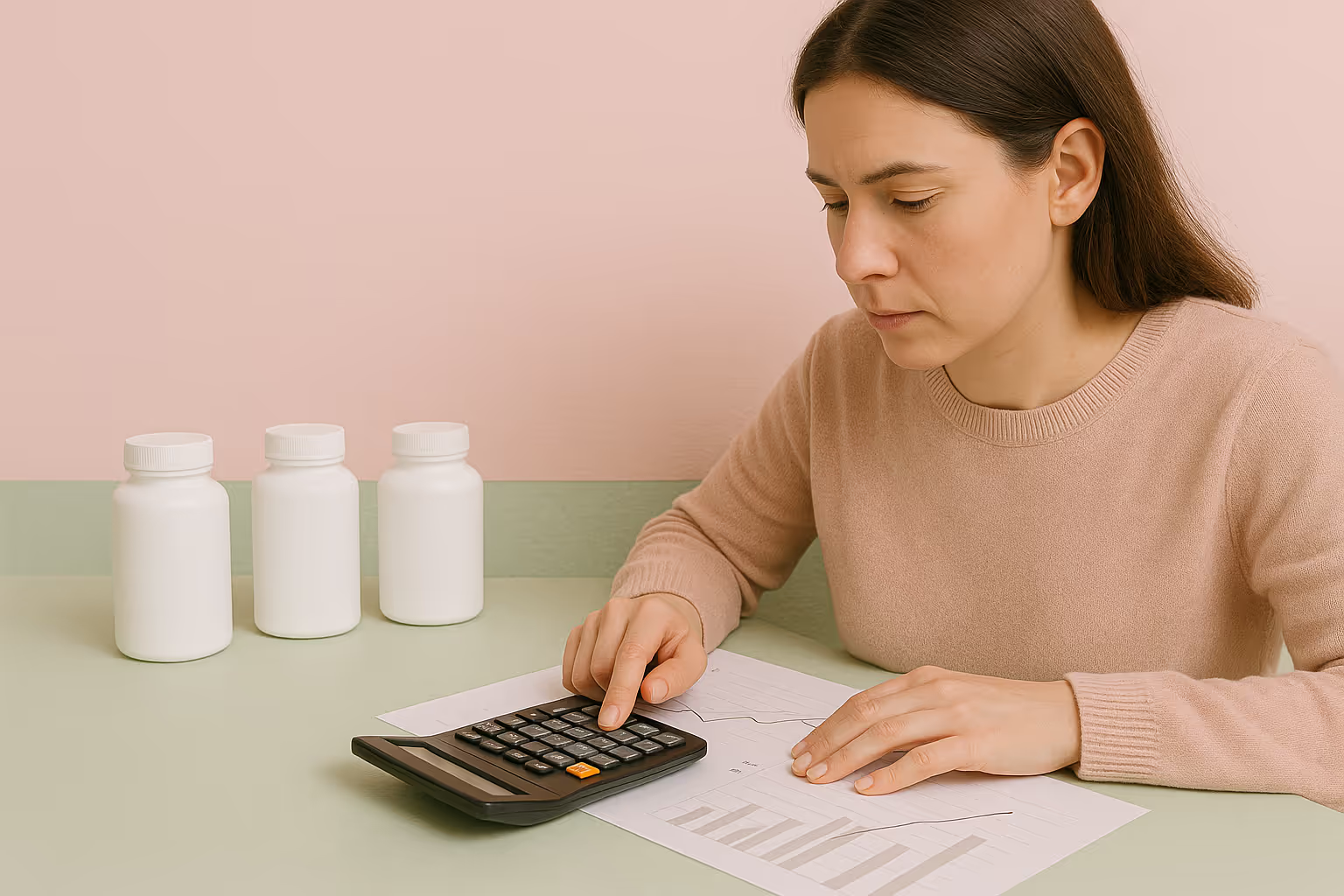
Once you've mastered basic order bump pricing, these advanced strategies can further enhance your results:
Segmented Pricing Based on Customer Behavior
Different customers respond to different price points. Consider:
- First-time vs. returning customer pricing
- Cart value-based price adjustments (higher bumps for higher-value carts)
- Behavior-based pricing (browsing history, previous purchases)
Modern e-commerce platforms increasingly support this level of sophisticated segmentation, allowing truly optimized pricing.
Multi-Tiered Order Bumps
Instead of offering a single order bump at one price point, test presenting multiple options at different price points:
- Good/better/best options
- Small, medium, and large quantities
- Basic and premium versions
This approach lets customers self-select their price preference while still capturing the order bump opportunity.
Cross-Channel Price Coordination
Your order bump pricing strategy should coordinate with pricing across all channels:
- Email marketing offers
- Social media promotions
- Affiliate commissions
- Marketplace listings (if applicable)
Consistent pricing builds trust, while strategic differences can guide customers to your preferred purchase channels.
Turning Data Into Action: Your Order Bump Pricing Roadmap
The most successful white label product sellers treat order bump pricing as an ongoing optimization process rather than a one-time decision. Here's a practical roadmap to implement what you've learned:
- Audit your current order bumps: Evaluate performance against industry benchmarks
- Calculate true profitability: Determine actual margins, including all costs
- Test two alternative price points: Run controlled tests for 2 weeks
- Analyze and implement: Choose the most profitable option, not just the highest take-rate
- Schedule quarterly reviews: Set calendar reminders to reassess pricing strategy
Insider's Tip: Smarter Order Bump Pricing Most Sellers Miss
Most sellers treat order bumps as fixed add-ons, but high-performing brands use dynamic pricing, adjusting the offer based on cart size or product type.
For example, a $50 cart might get a $9.99 bump, while a $150 cart sees a $19.99 premium version. This keeps the offer relevant and maximizes AOV without hurting perceived value.
Tools like ReConvert or CartHook even let you personalize bumps for repeat buyers, offering loyalty perks or higher-margin upgrades. It's a simple switch that can drive serious revenue without relying on storewide discounts.
Strategic Advantage of Optimized Order Bump Pricing
Perfecting your order bump pricing does more than boost short-term revenue; it improves the customer experience, streamlines decisions, and sets the stage for long-term growth.
Top white label brands treat order bumps as strategic levers, not just conversion hacks. By applying the same pricing discipline here as you do to your main offers, you gain an edge in a crowded e-commerce space.
With premium white label products and seamless integration, it's built for sellers ready to optimize every checkout opportunity.
The information provided in this article is meant for general informational purposes only and should not be considered as professional or legal advice. We do not guarantee the completeness, accuracy, reliability, or suitability of the information in this article. We strongly recommend seeking professional guidance that suits your individual circumstances.
FAQ
Related blogs
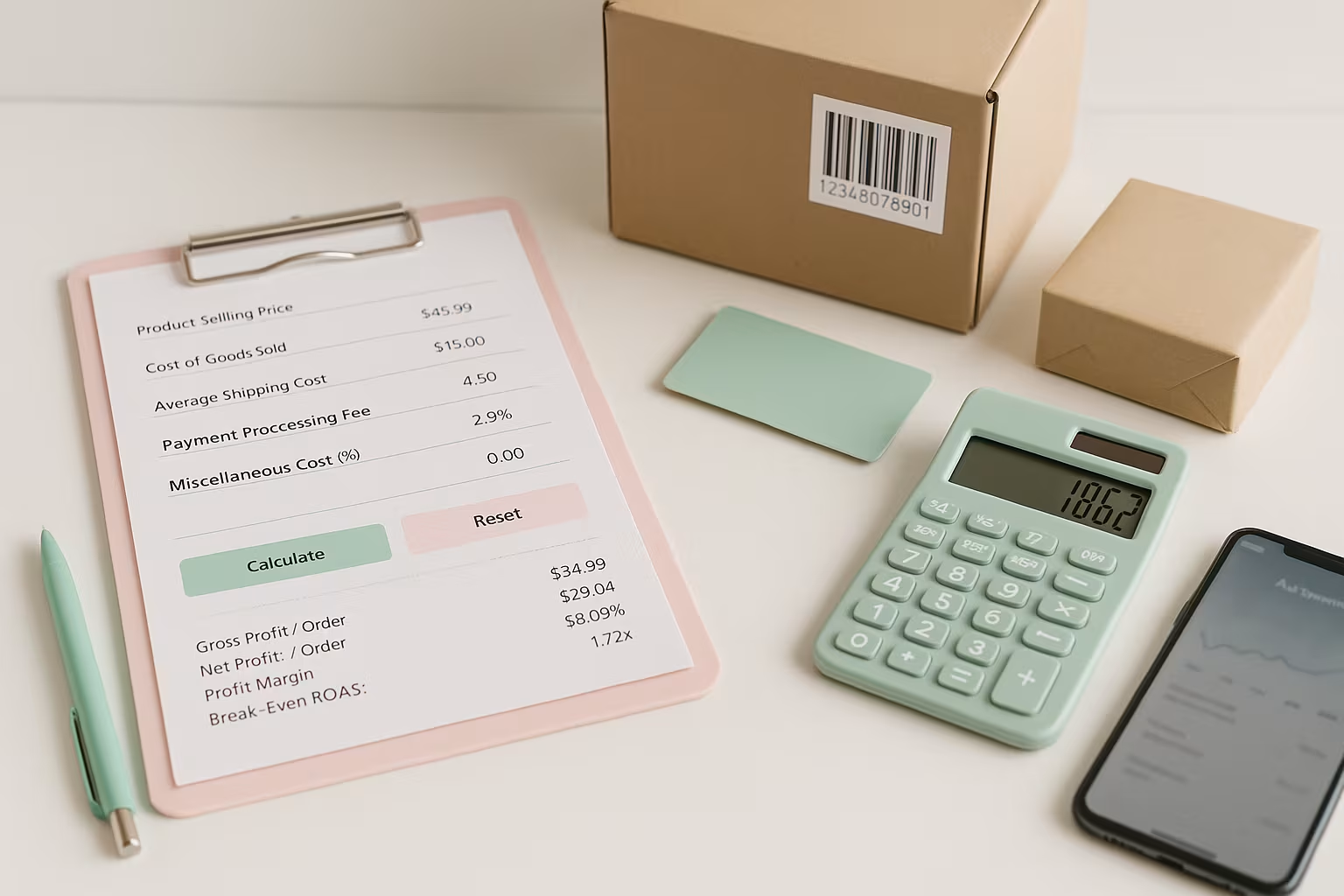
Break-Even ROAS Calculator: Find Out What You Can Afford to Spend on Ads
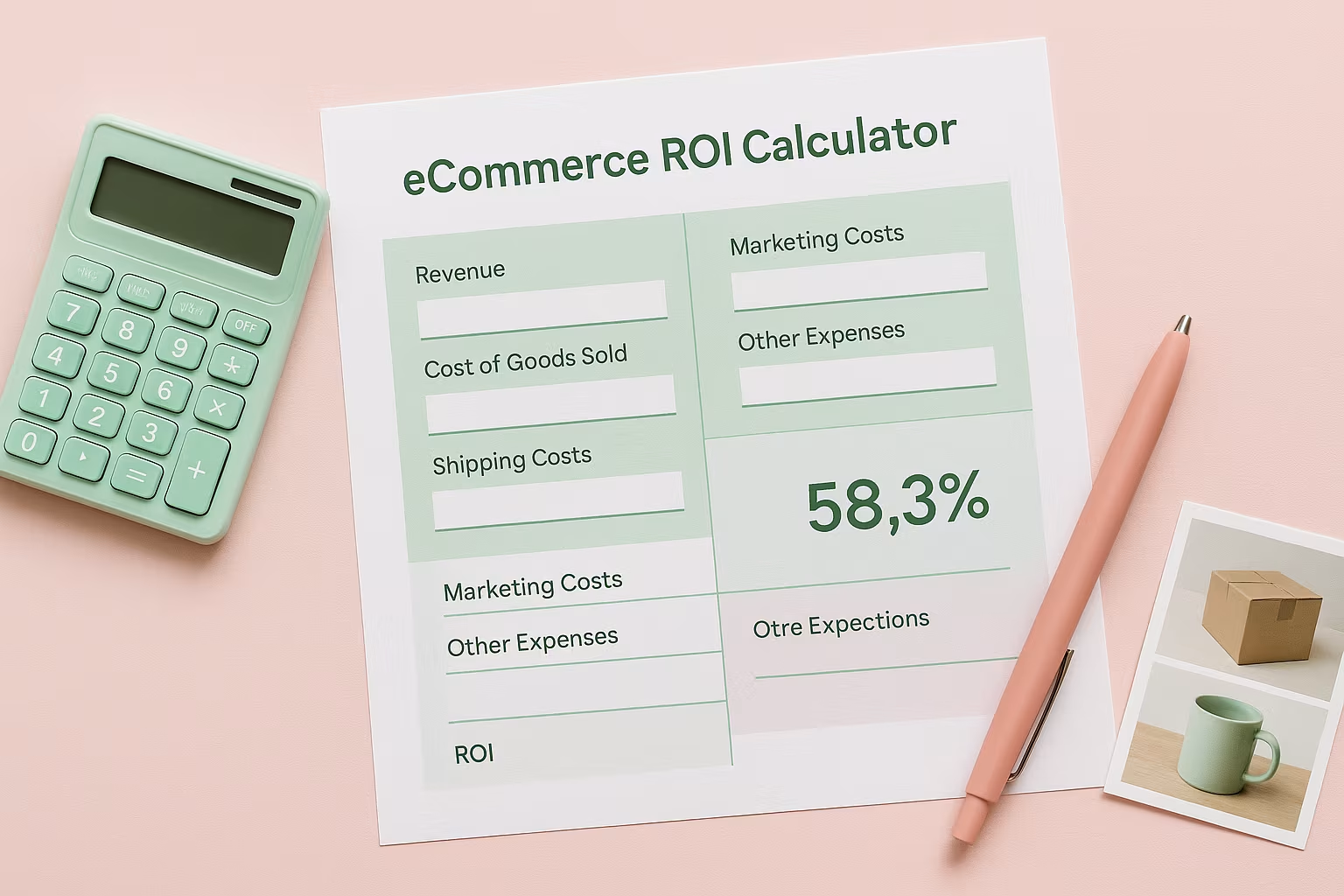
Ecommerce ROI Calculator: Scale Your Store
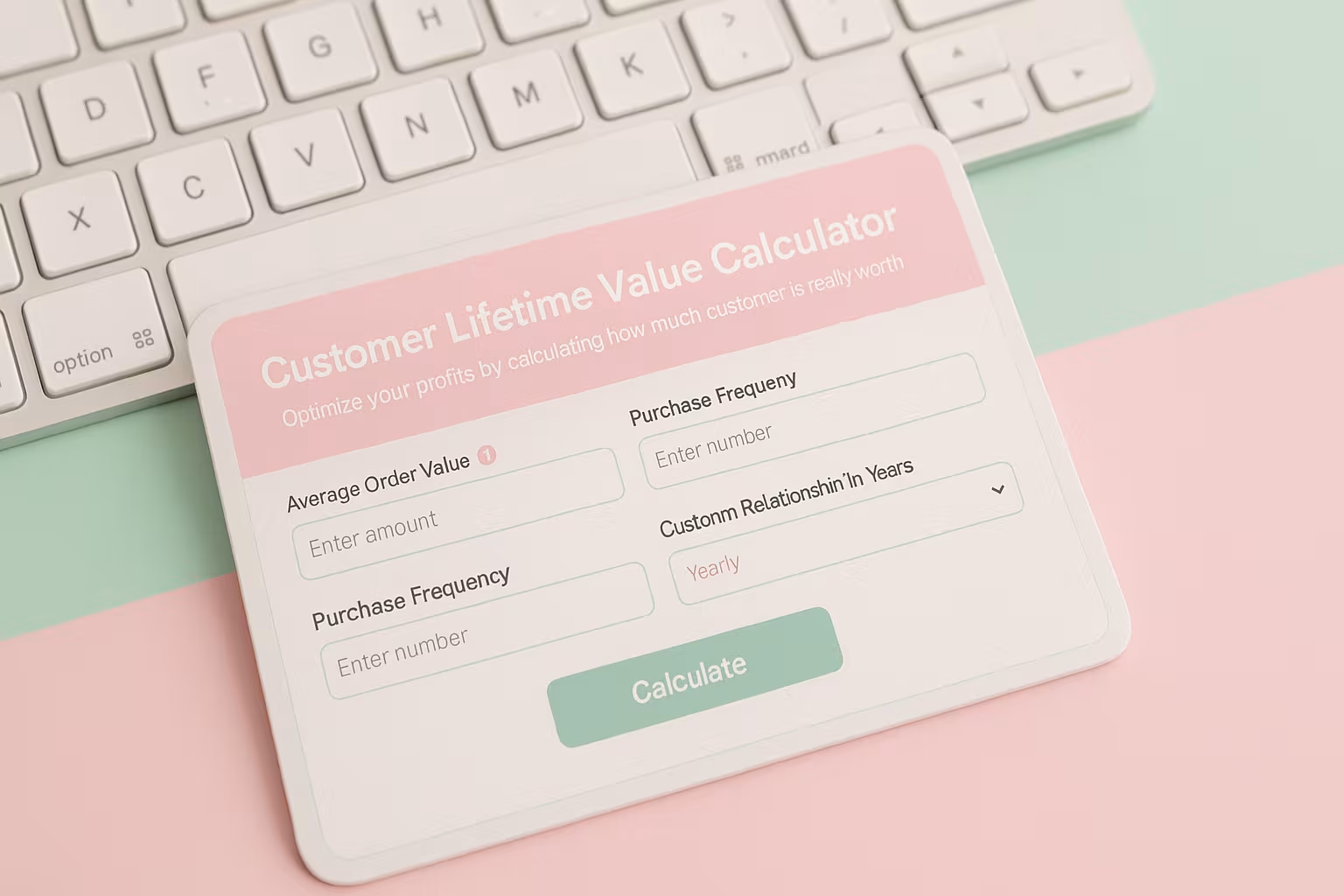
Customer Lifetime Value Calculator: Unlock Your E-commerce Revenue Potential
